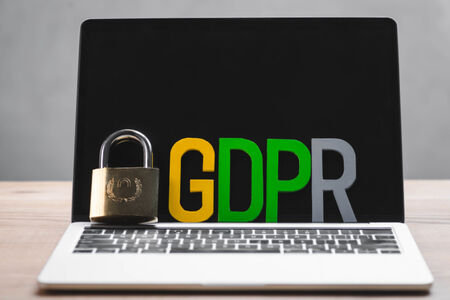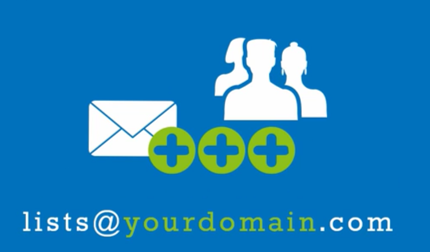
GDPR introduced a new era of protections for consumer privacy and forever changed the way that businesses across Europe captured, processed, stored, and used personal data.

If you have a multiple list account, you can use your own domain to replace simplelists.com. In fact, you can add as many domains as you like, which means you can totally brand the system as your own. Combine using your own domain with branding your landing pages for truly professional results. This short post will explain how to use your own domain and, once you have done this, how to improve the deliverability of your emails.